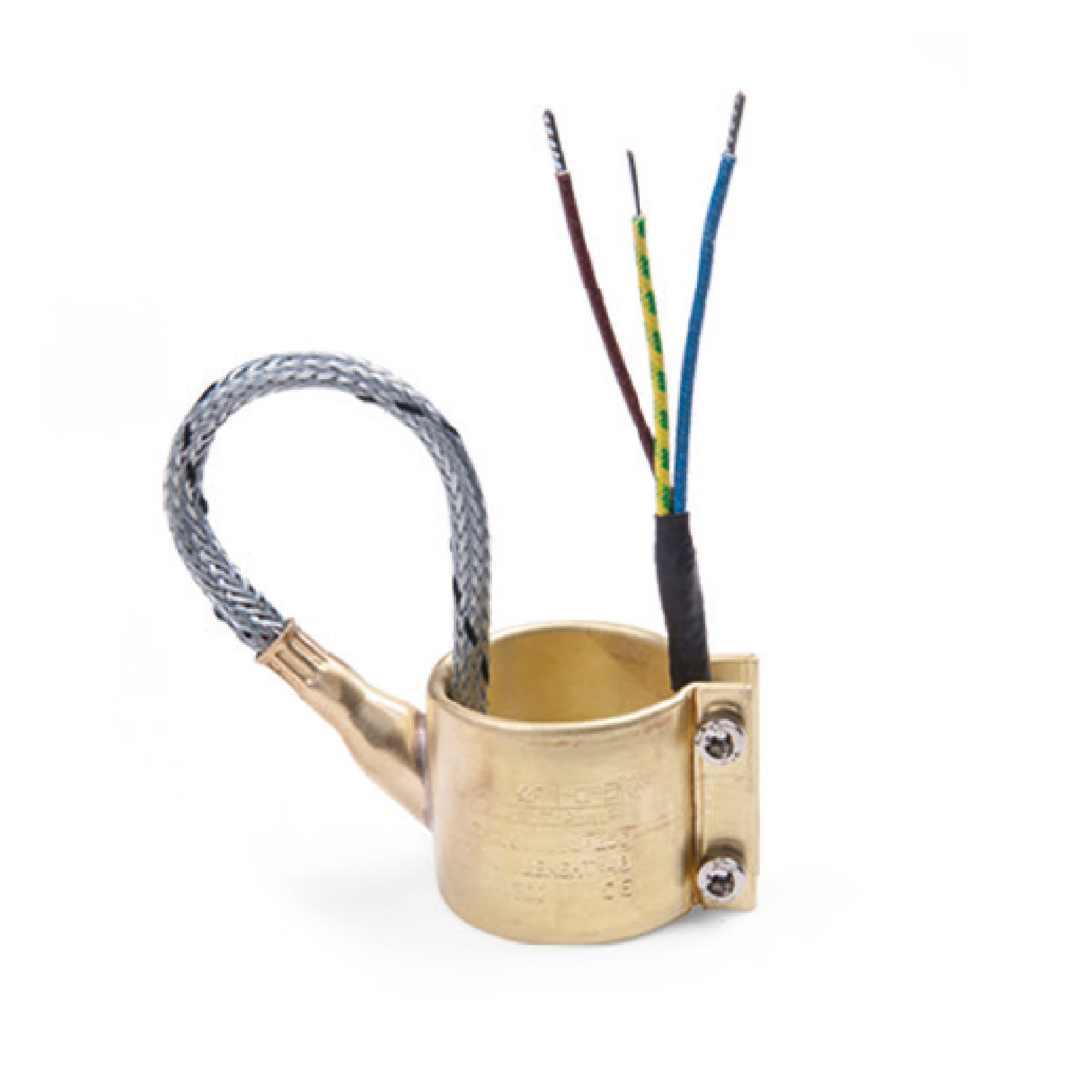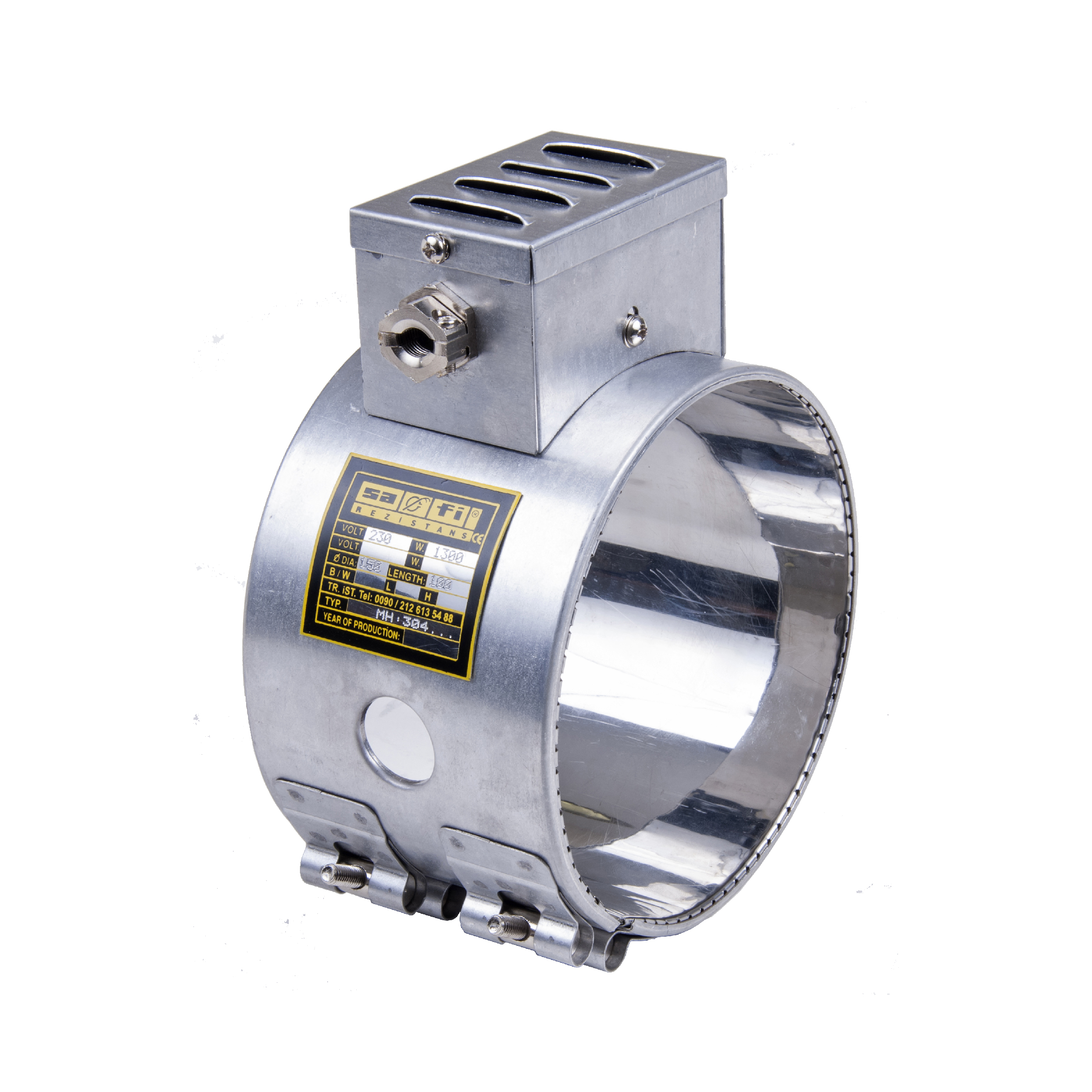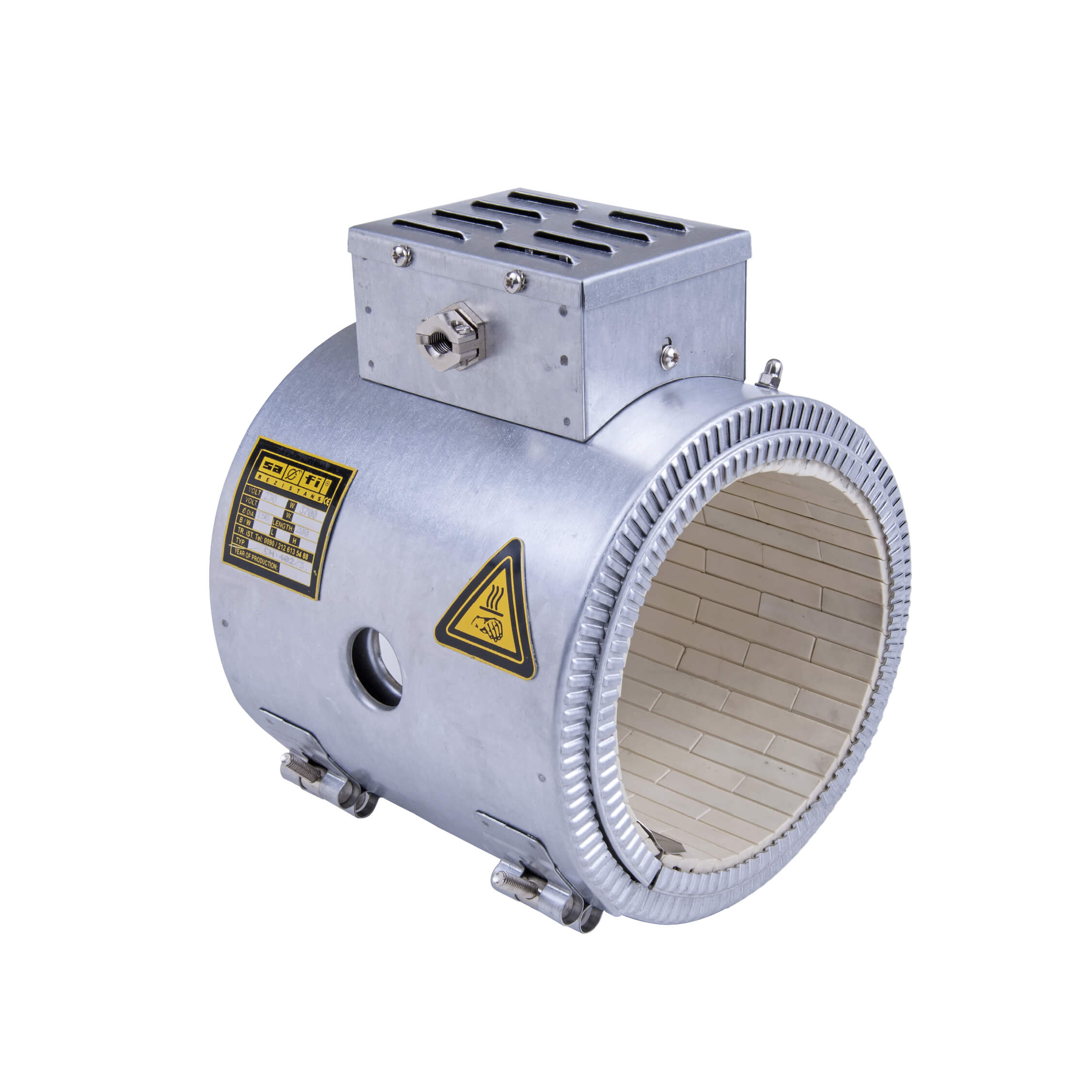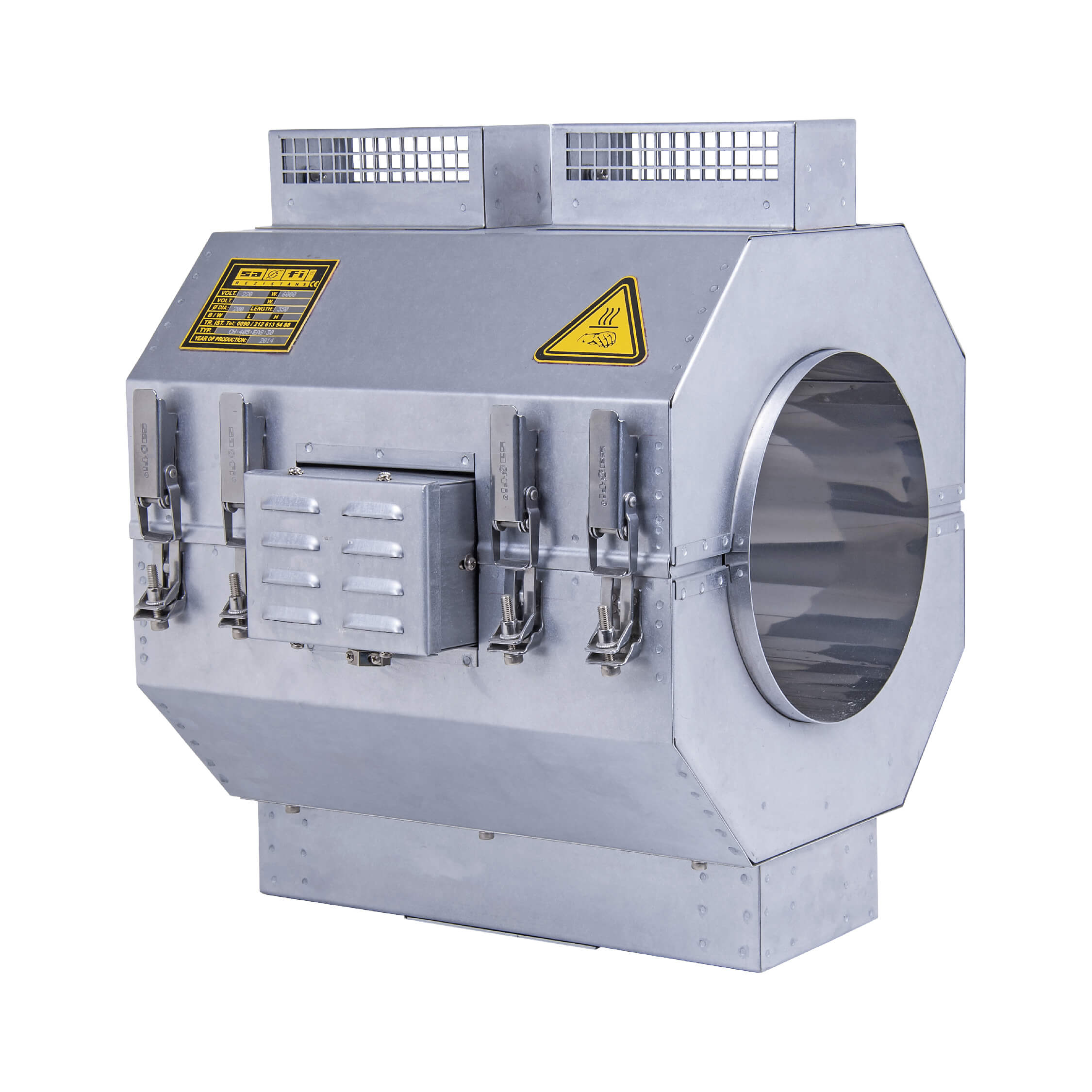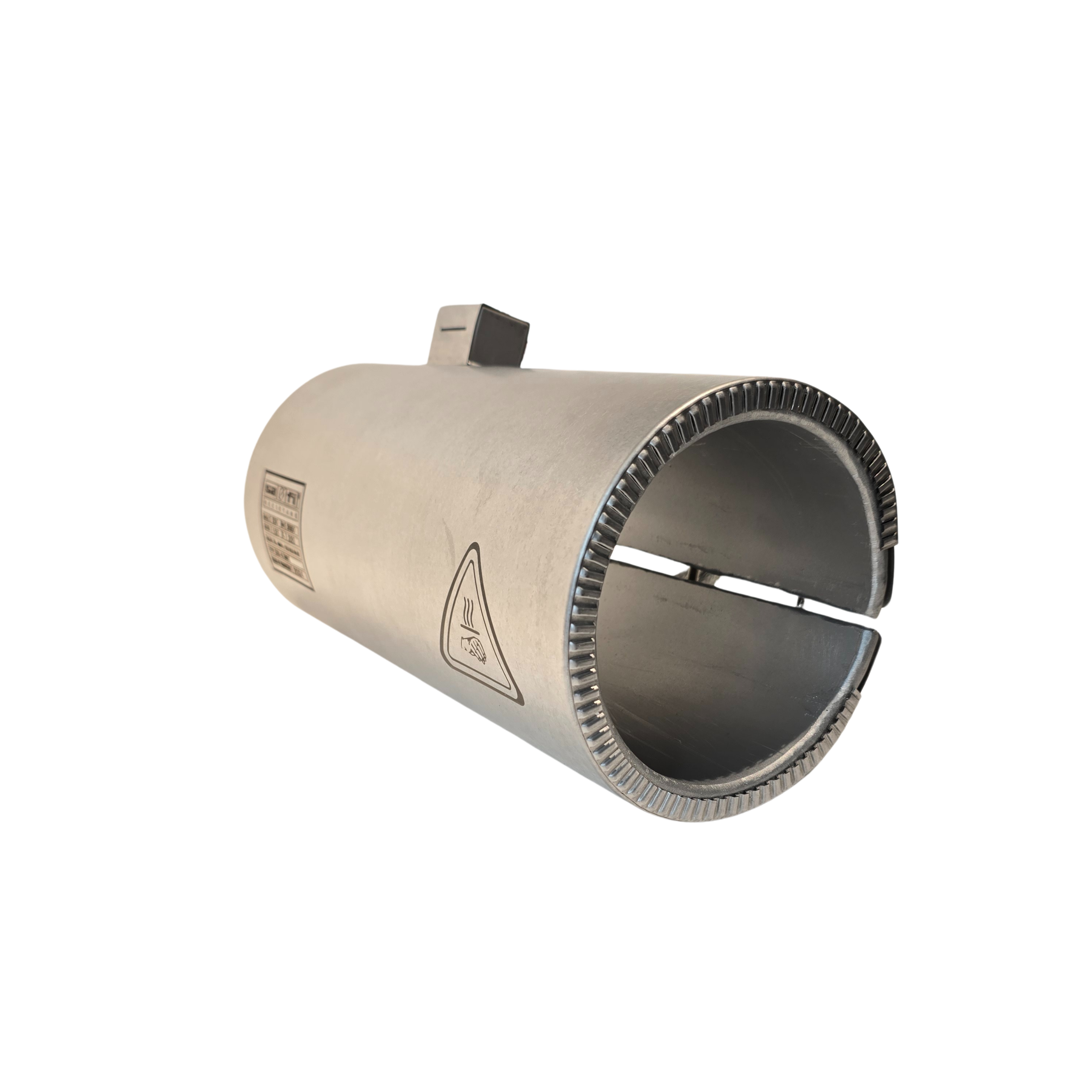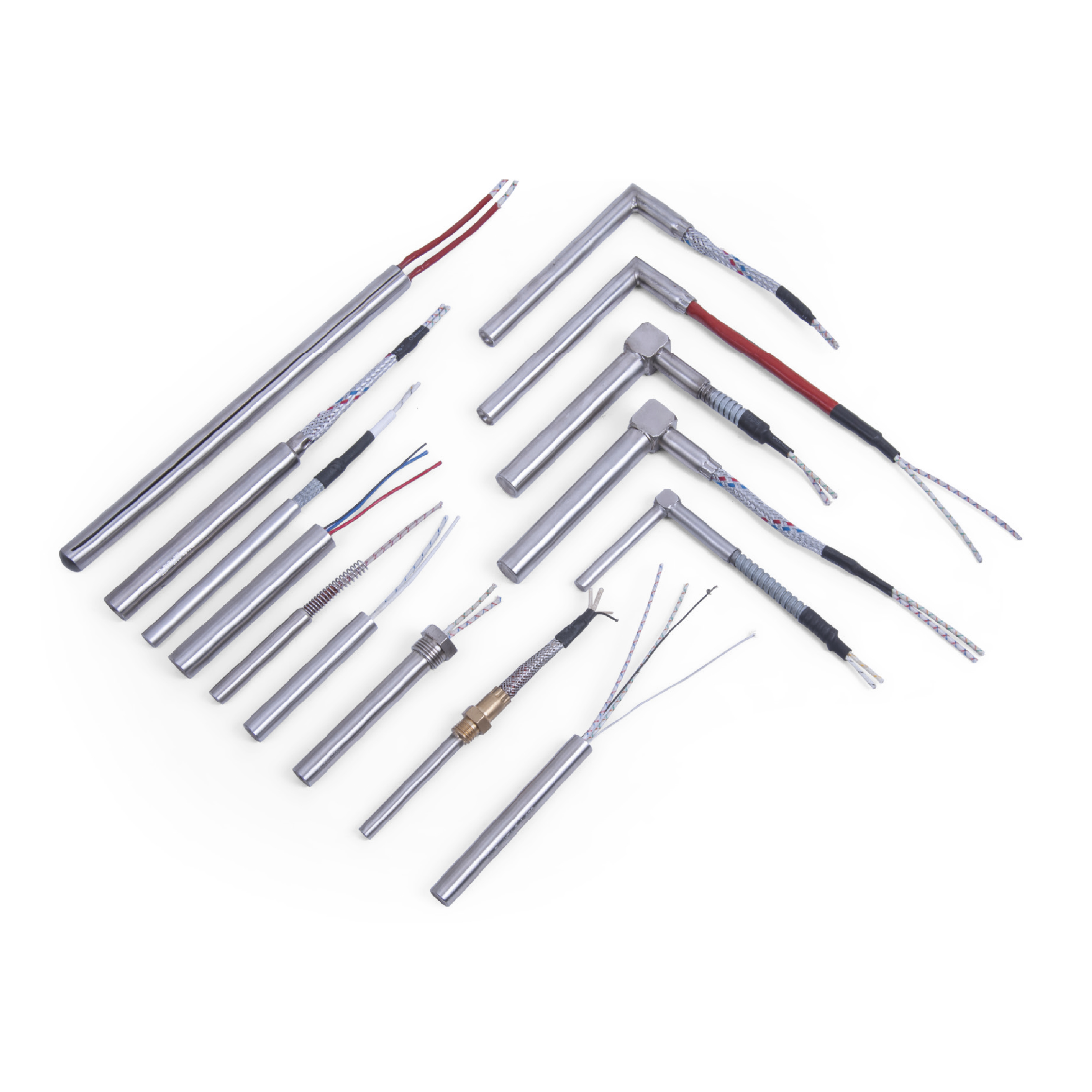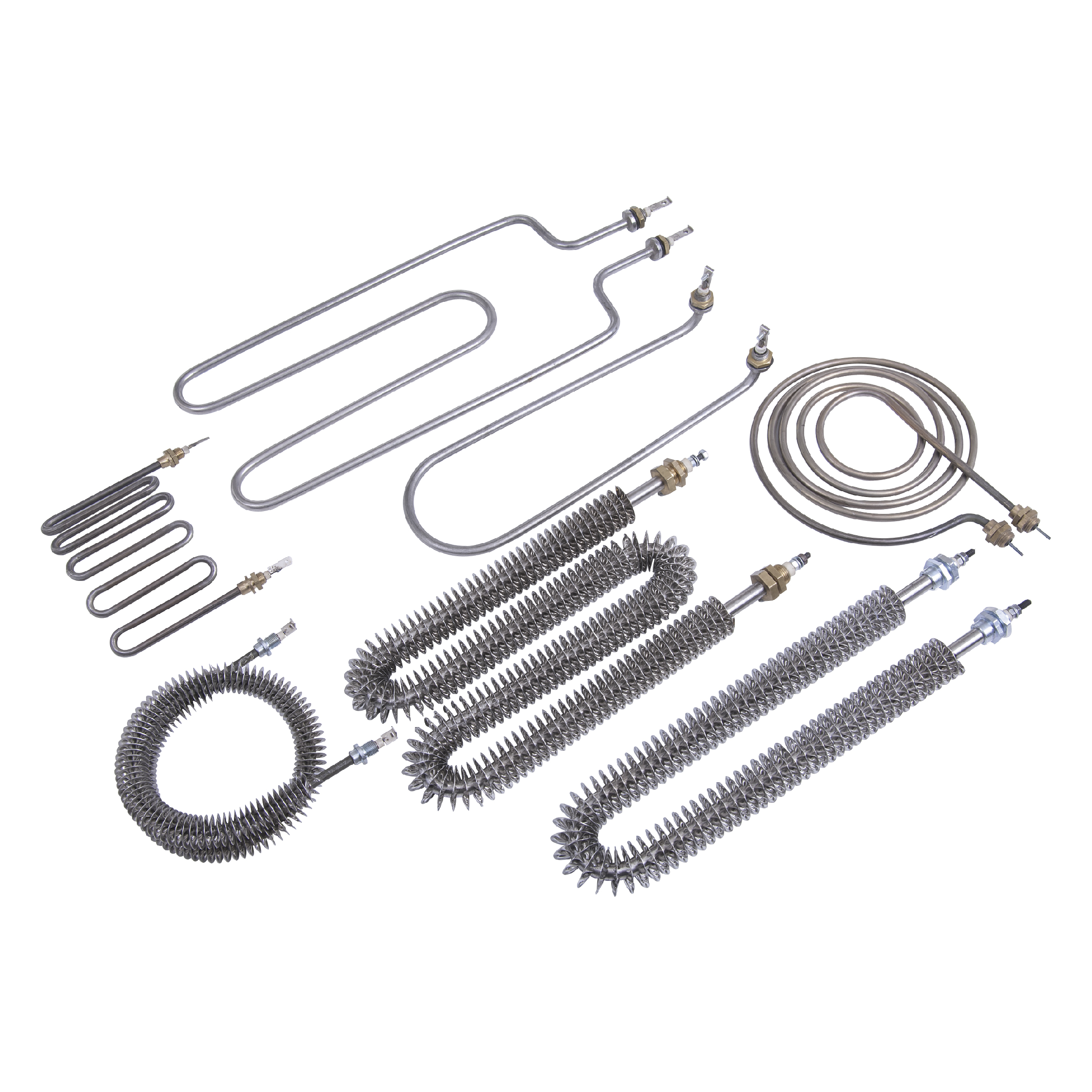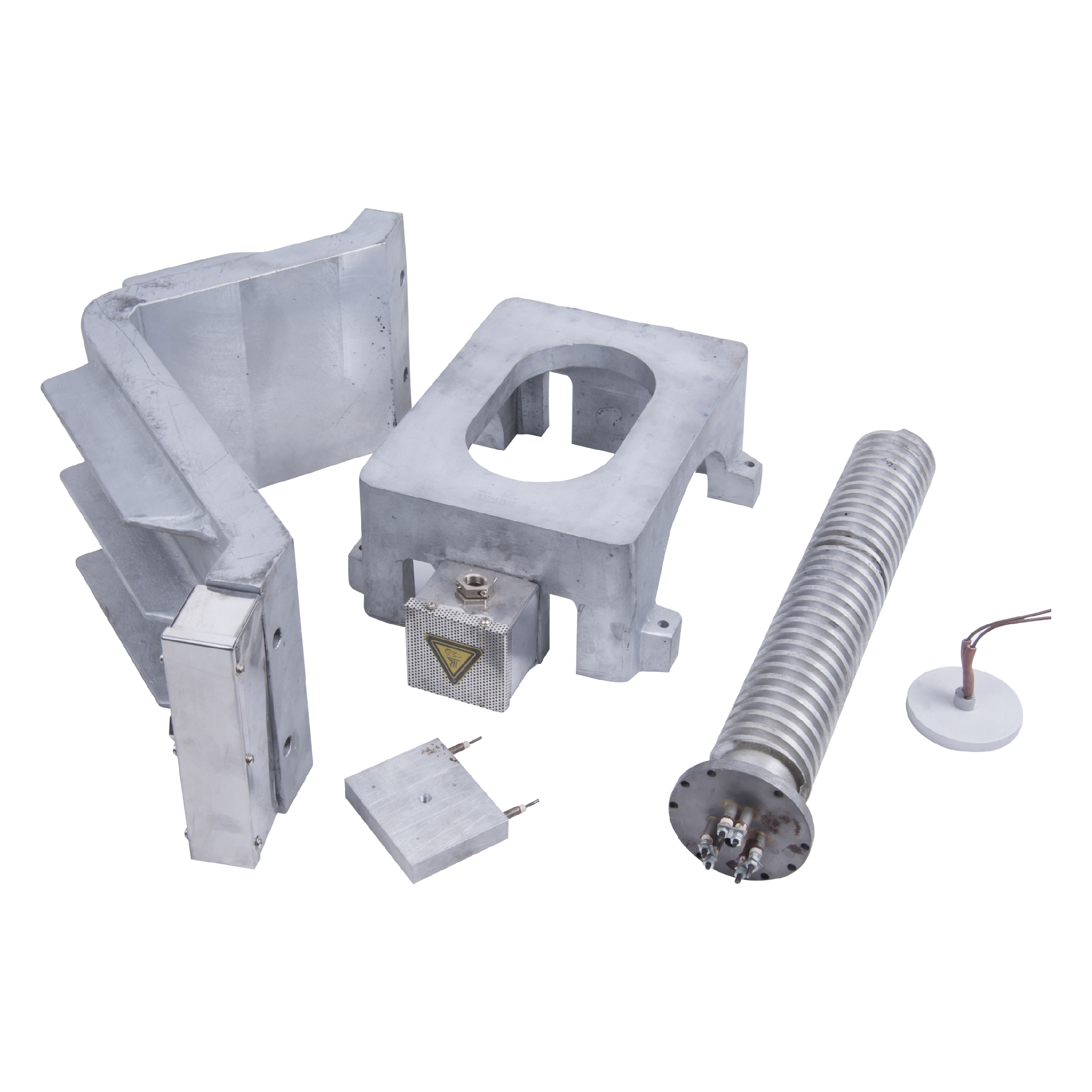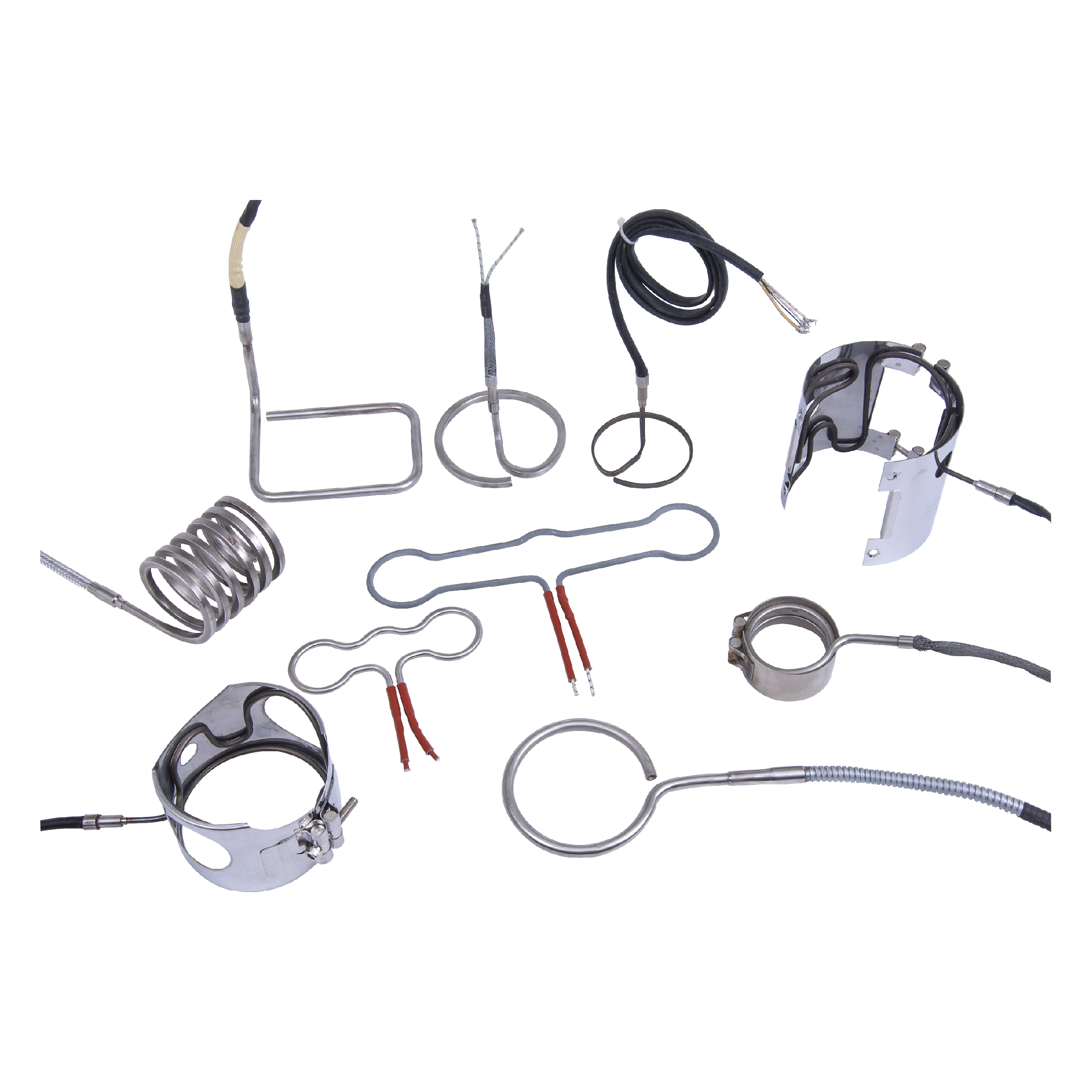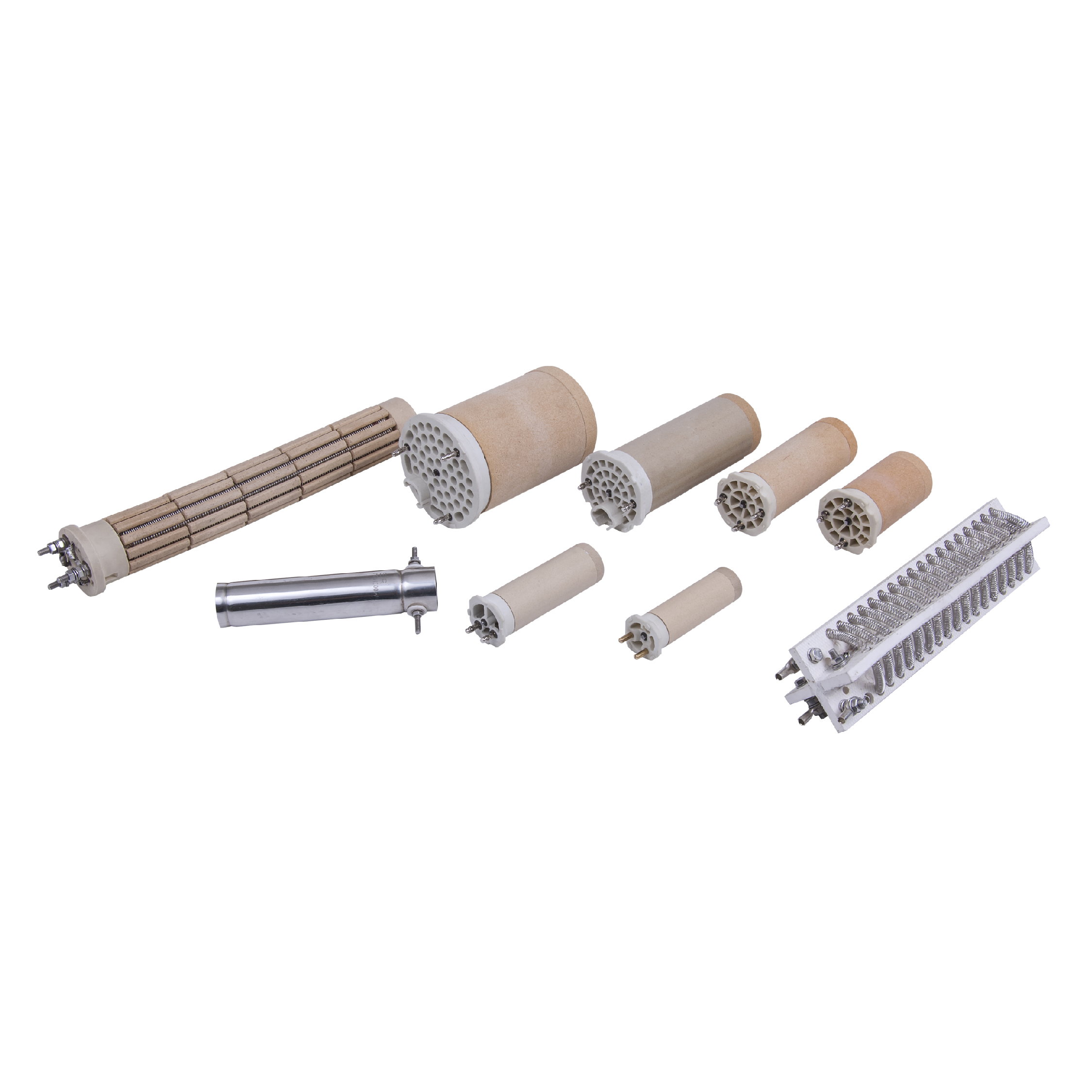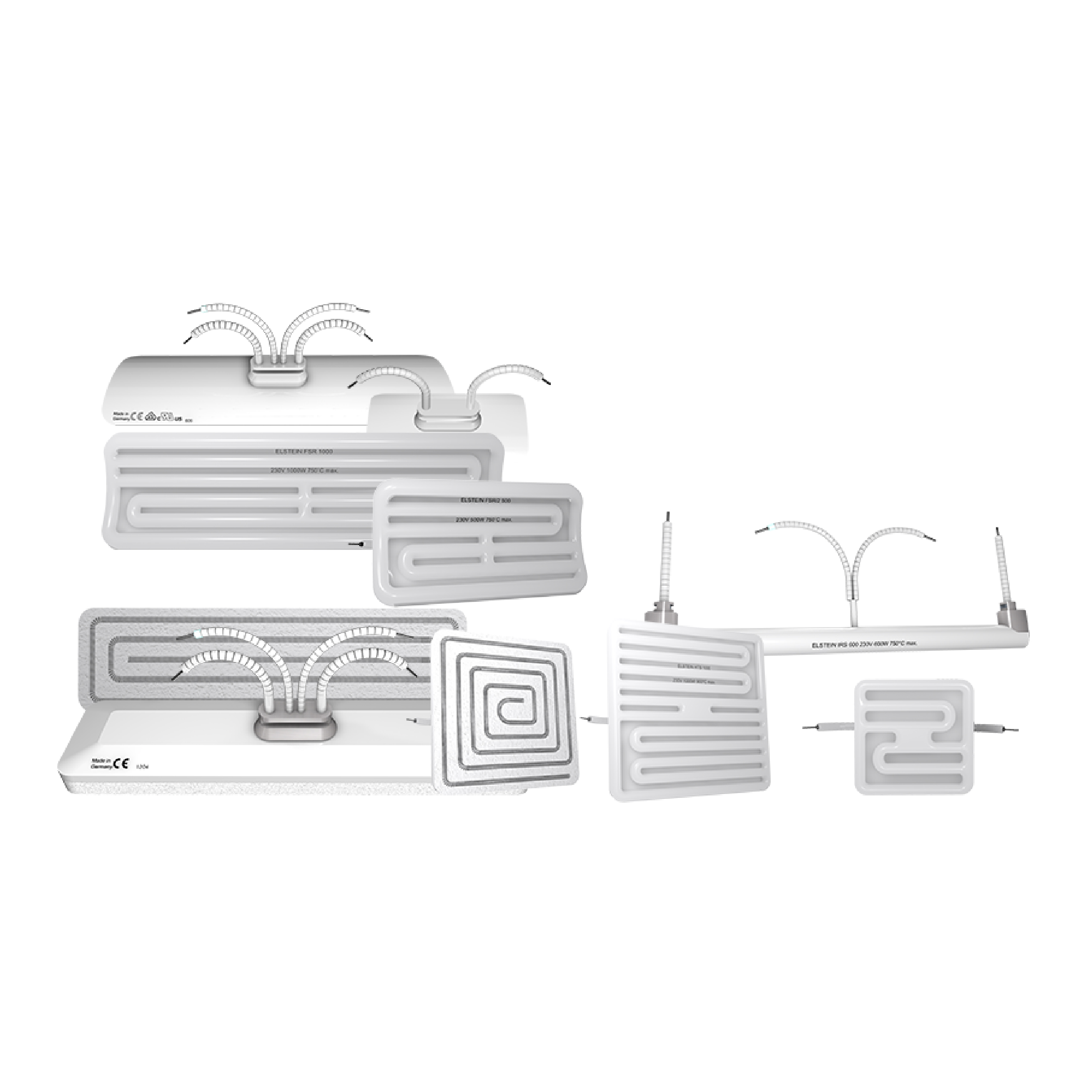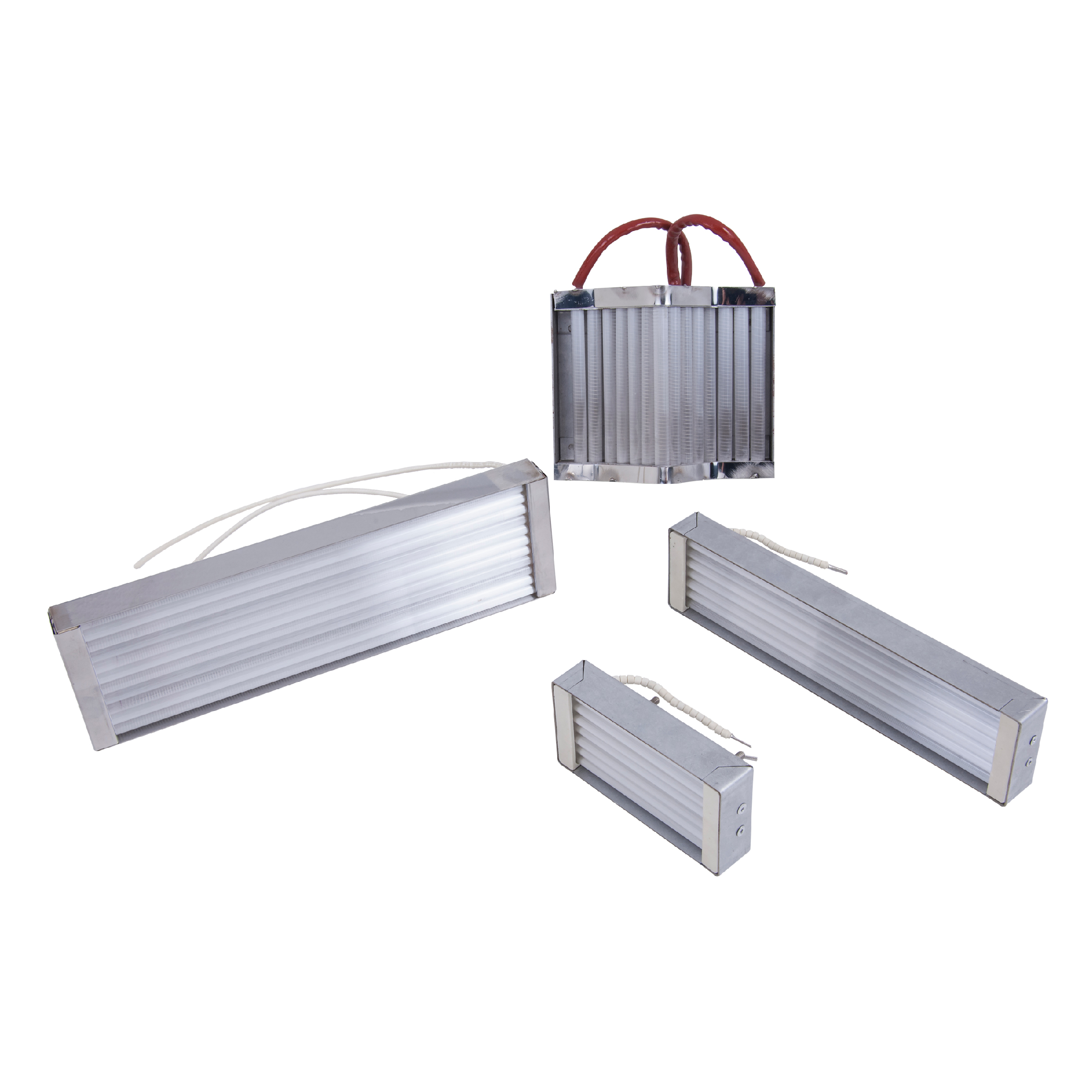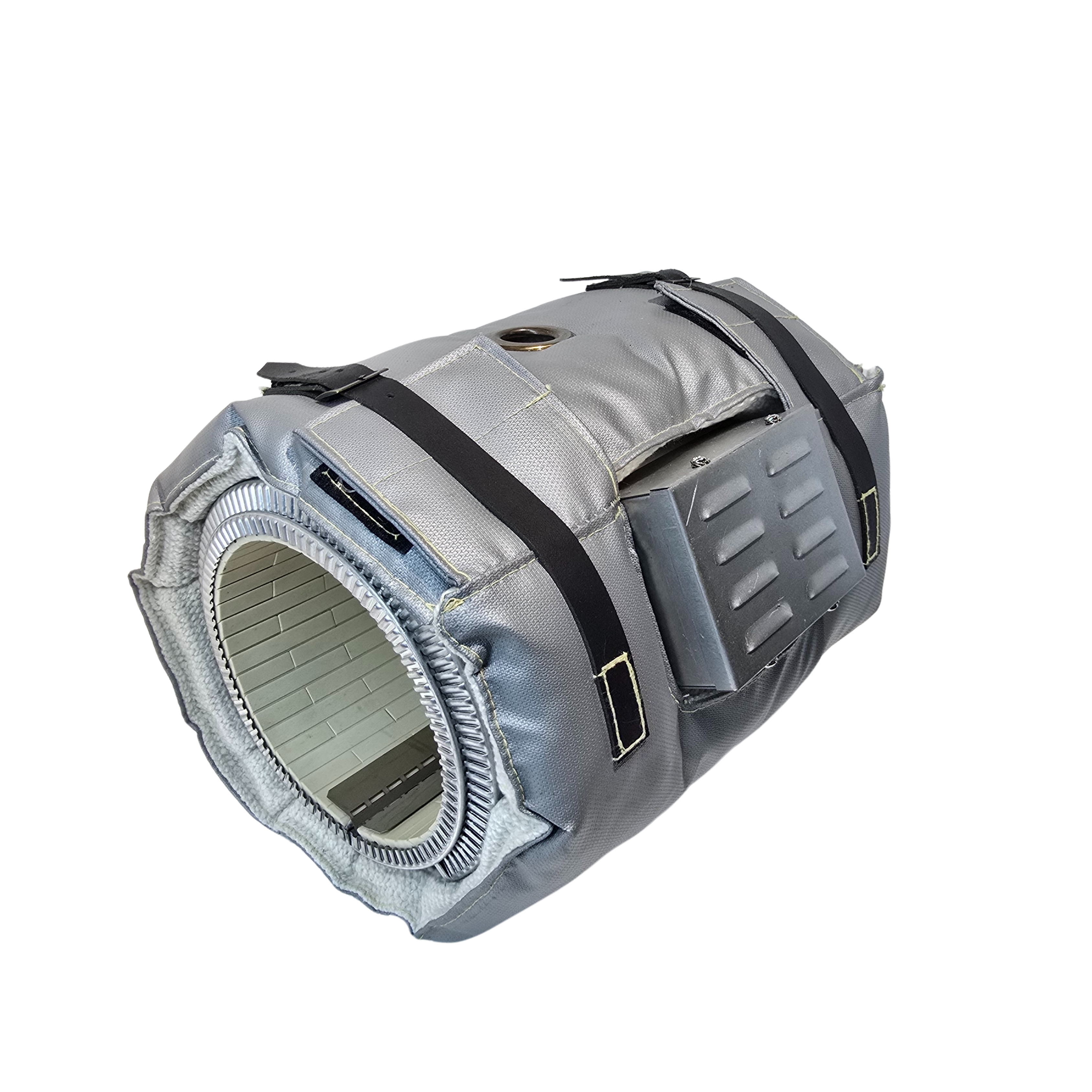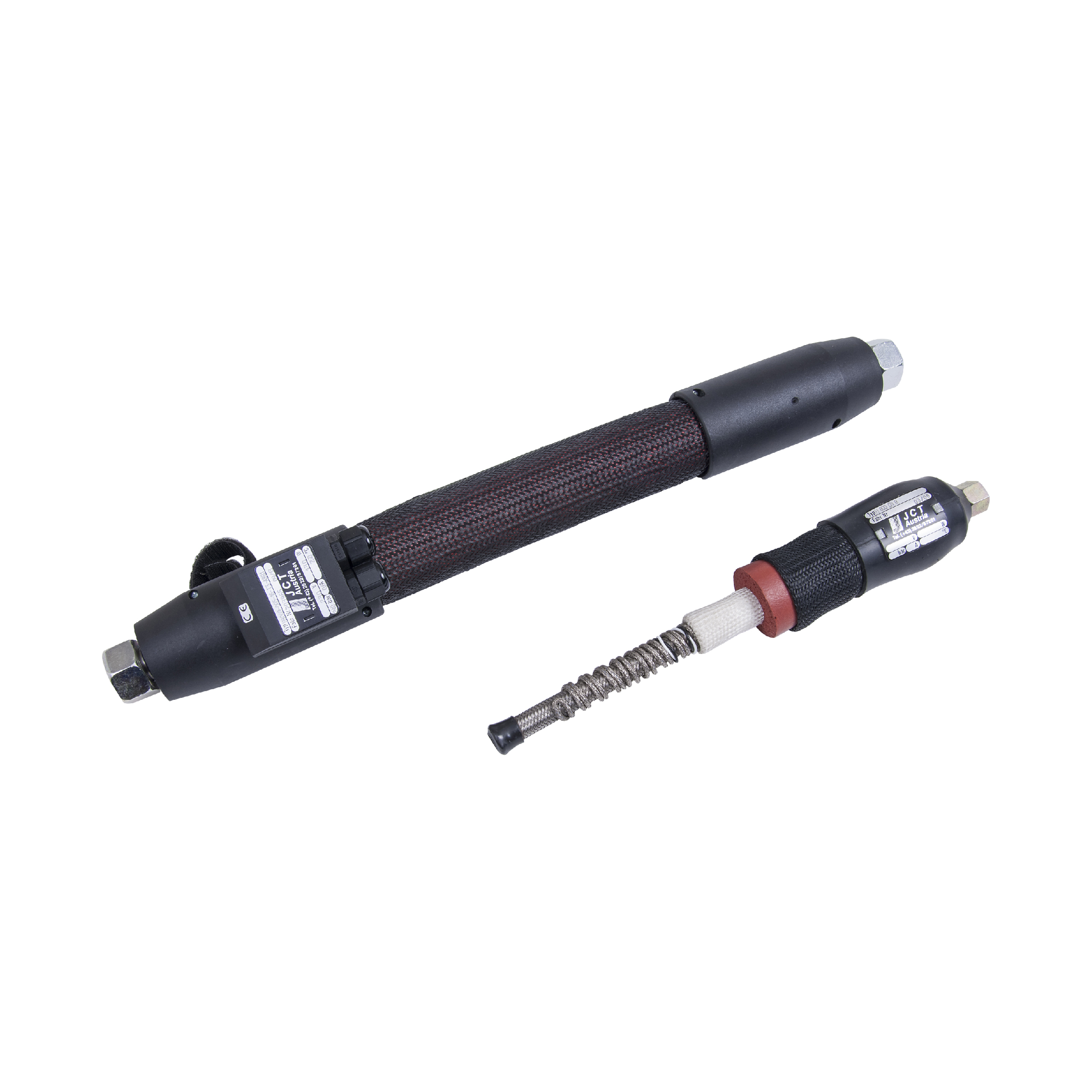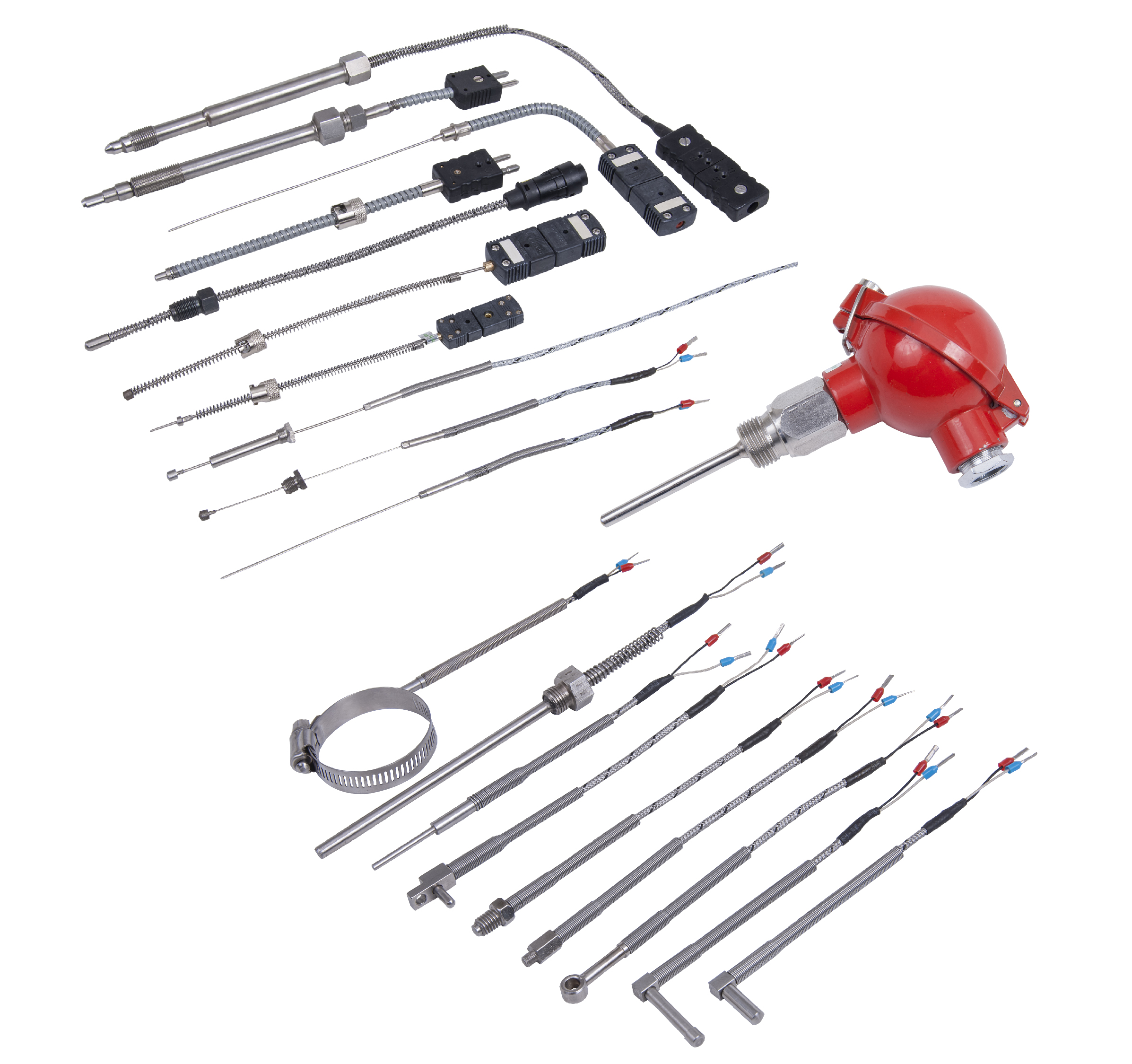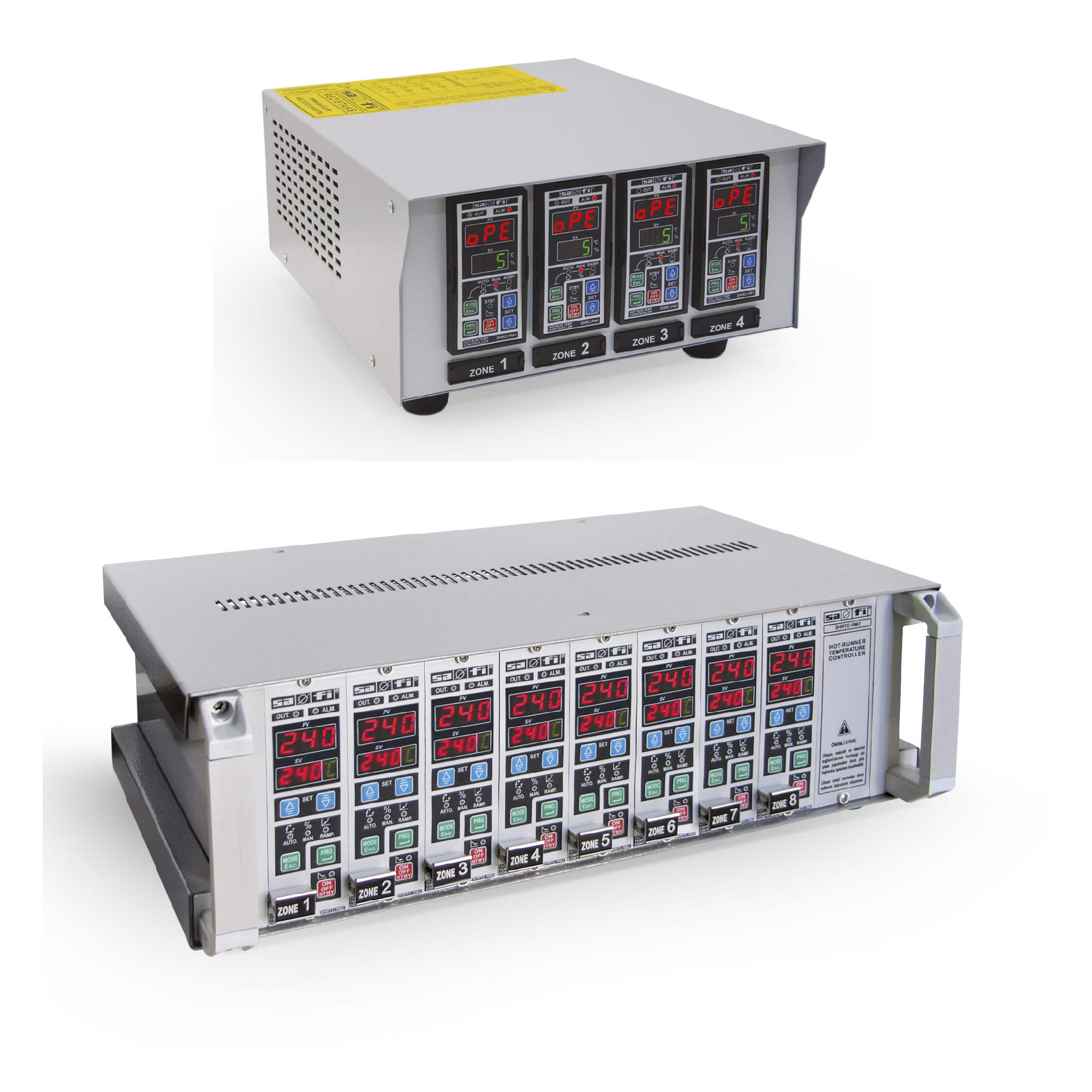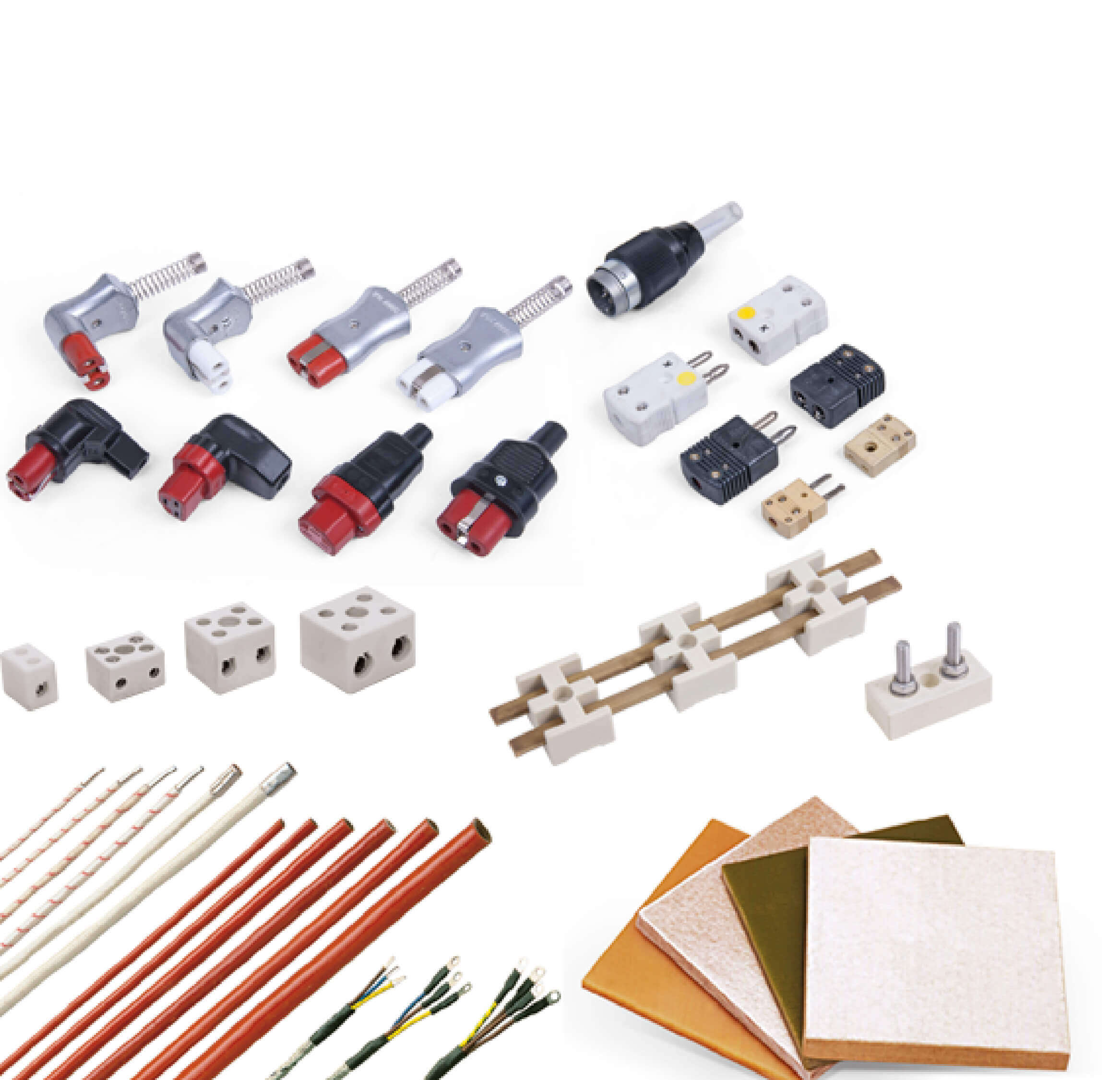Where Are Glass Heaters Used? Energy Efficiency Benefits
Glass tube heaters—commonly known as quartz or glass resistors—are efficient heating elements used in both industrial and domestic heating systems. Their transparent, high-temperature-resistant structure offers visual safety, electrical insulation, and powerful heating. So, what exactly is a glass heater, where is it used, and how does it support energy efficiency? Let’s explore in detail.
What is a Glass Heater?
A glass heater is a resistance wire placed inside a quartz or borosilicate glass tube that transforms electrical energy into heat. The glass casing protects the element while enabling radiation and convection heating. It can be installed with or without reflectors, depending on the application.
Key Specifications
- Voltage: 220V (optional 110V or 380V)
- Power Range: 150W – 3000W
- Temperature Limit: 600°C – 800°C
- Tube Material: Quartz or borosilicate glass
- Mounting: Clamp, terminal block, or open-ended
Where Are Glass Tube Heaters Used?
1. Industrial Furnaces
Used as internal heating sources for thermal processing, drying, and baking furnaces.
2. Laboratory Equipment
Suitable for glass-compatible lab ovens and tubes, where clean and stable heat is critical.
3. Food and Packaging Industry
Employed in surface sterilization and heat-sealing stations for packaging lines.
4. Medical Devices
Ideal for low-contact, highly accurate heating applications in medical and diagnostic equipment.
5. Infrared Space Heaters
Common in household electric heaters. The red glow offers directional radiant warmth.
6. Automotive Manufacturing
Used in paint booths and drying tunnels for quick and localized heating.
Energy Efficiency of Glass Heaters
Glass heaters are highly energy efficient because they:
- Deliver targeted radiant heat directly to the application
- Reach desired temperature rapidly
- Offer directional heating with optional reflectors
- React quickly to on/off control signals, minimizing idle energy use
This results in reduced power consumption and shorter process cycles—ideal for energy-conscious operations.
Are Glass and Quartz Heaters the Same?
Generally yes. Quartz is a type of high-resistance glass used in extreme temperature applications. The term “quartz heater” often refers to high-performance glass heaters.
How to Choose the Right Glass Heater
- Define the application area: indoor, lab, or production line?
- Know the target temperature range
- Select the mounting and reflector style
- Choose appropriate power and voltage
- Assess environmental risks: humidity, dust, impact
Glass heaters provide efficient, visually clean, and durable heating solutions for a wide range of industries. With proper sizing and voltage selection, they boost heating performance and reduce operational costs. Especially in quartz glass tube heater applications, optimized heat control leads to superior process efficiency.

